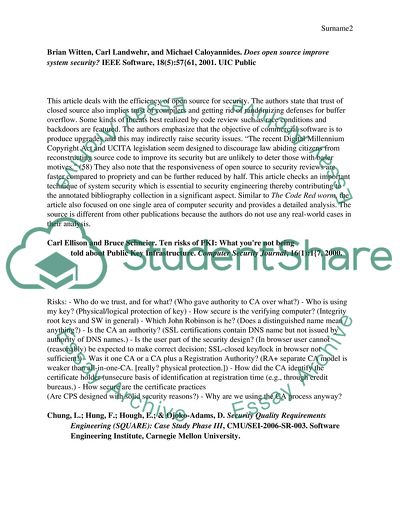Cite this document
(Security Quality Requirements Annotated Bibliography, n.d.)
Security Quality Requirements Annotated Bibliography. Retrieved from https://studentshare.org/information-technology/1805021-annotated-bibliography
Security Quality Requirements Annotated Bibliography. Retrieved from https://studentshare.org/information-technology/1805021-annotated-bibliography
(Security Quality Requirements Annotated Bibliography)
Security Quality Requirements Annotated Bibliography. https://studentshare.org/information-technology/1805021-annotated-bibliography.
Security Quality Requirements Annotated Bibliography. https://studentshare.org/information-technology/1805021-annotated-bibliography.
“Security Quality Requirements Annotated Bibliography”. https://studentshare.org/information-technology/1805021-annotated-bibliography.


